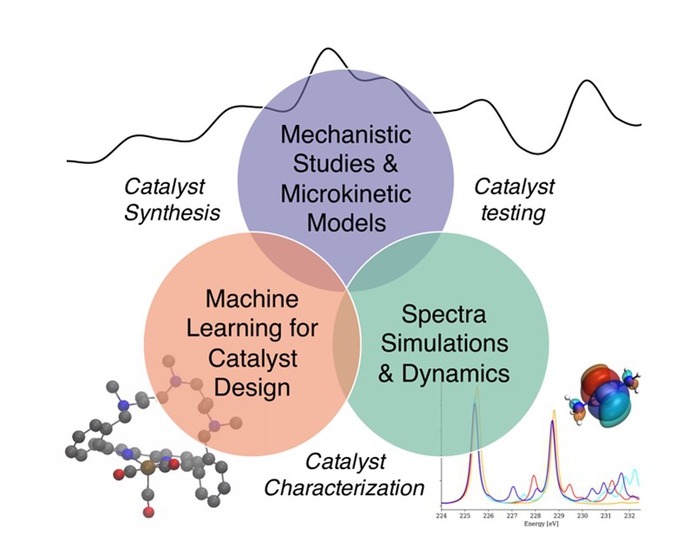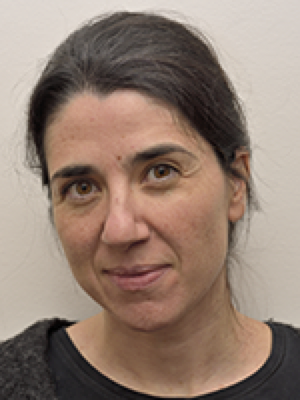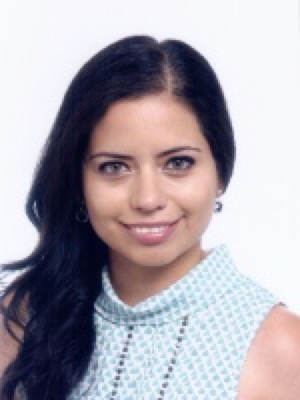We apply computational methods to understand chemical reactions in collaboration with experimental groups. A key goal is to simulate reactivity in complex environments, including reaction networks, spectroscopic processes in solution, and metal-organic frameworks.

Future chemical transformations need to be sustainable and thus based on atom-efficient and selective reactions. Catalysts are essential to achieve this goal, and they must be active, selective, robust, and recyclable.
Computation is an invaluable tool for understanding chemical processes and designing sustainable reactions and catalysts. The complexity of current catalytic systems requires developing new computational protocols to:
developing new computational protocols to:
- Determine the nature of the catalyst active sites and their dynamic behaviour.
- Compute the energy pathways for the reaction networks involving all components.
- Exploit the information generated in a rational manner towards catalyst design.
In RT5, we plan to:
- Design computational protocols for studying sustainable catalytic reactions (CO2 conversion and C–H activation reactions).
- Unravel the structure of complex catalytic systems by simulating spectroscopic properties and using experimental data.

Ainara Nova
RT5-leader
UiT

Abril Castro
RT5-leader
UiO